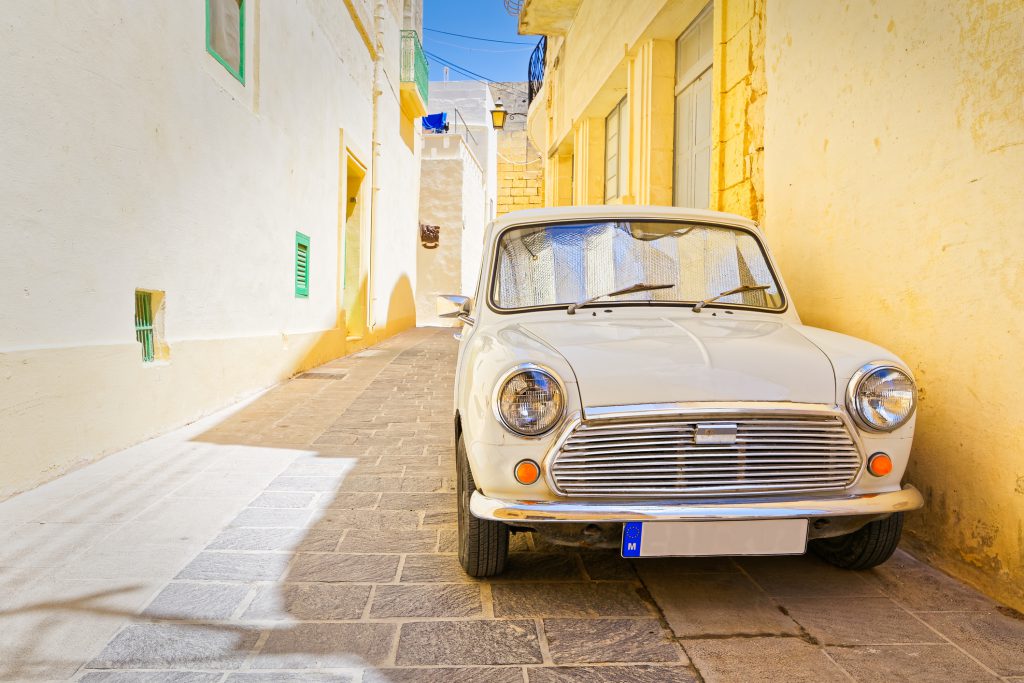Malta’s fleet of passenger cars getting ‘older’

Despite incentives to modernise Malta’s fleet of cars to reduce emissions, it turns out that over the last four years the average age of passenger vehicles increased. While in 2019 the average age of passenger cars on Maltese roads was 14.26 years by 2023 it had risen to 15.73 years. This data was revealed by the National Statistics Office, in the 2024 Regional Statistics.
In contrast, according to the Finnish Information Centre of Automobile Sector the average age of passenger cars across the EU in 2022 stood at 12.3 years.
Another indicator, arguably a more reliable one, is Eurostat according to which Malta is among a group of EU countries having the most ageing fleet of cars on the road. It transpires that in Malta the share of ‘old’ passenger cars – having 20 years or more – in 2023 was 26.3% which roughly equates to one in every four passenger cars. The only countries where old cars account to a bigger share are Romania (33.2%), Finland and Estonia (32.3%), Poland (29.3%) and Portugal (27.8%).

On the other hand, Luxembourg tops the list of the ‘youngest’ passenger cars – those having less than 2 years – having 18.9% of its fleet in this category, followed by Germany (14.8%), Sweden (14.2%), Belgium (13.7%), Ireland (13.1%), Austria (12.6%) and the Netherlands (12.3%). The respective rate for Malta is just 5.38% meaning, that only around one in every 20 cars is under two years. These figures indicate that in Malta, second-hand cars still constitute a large chunk of the newly-acquired vehicles. Moreover, the changeover to electric cars might poses even more challenges to modernise the fleet, as despite government grants, electric vehicles are still not affordable for the majority of the population.
A deeper analysis of the NSO data shows some geographical variations when it comes to the age of cars. The youngest fleet is in the northern region with an average age of 14.73 years, while the oldest is located in the southern harbour region with 17.11 years.
